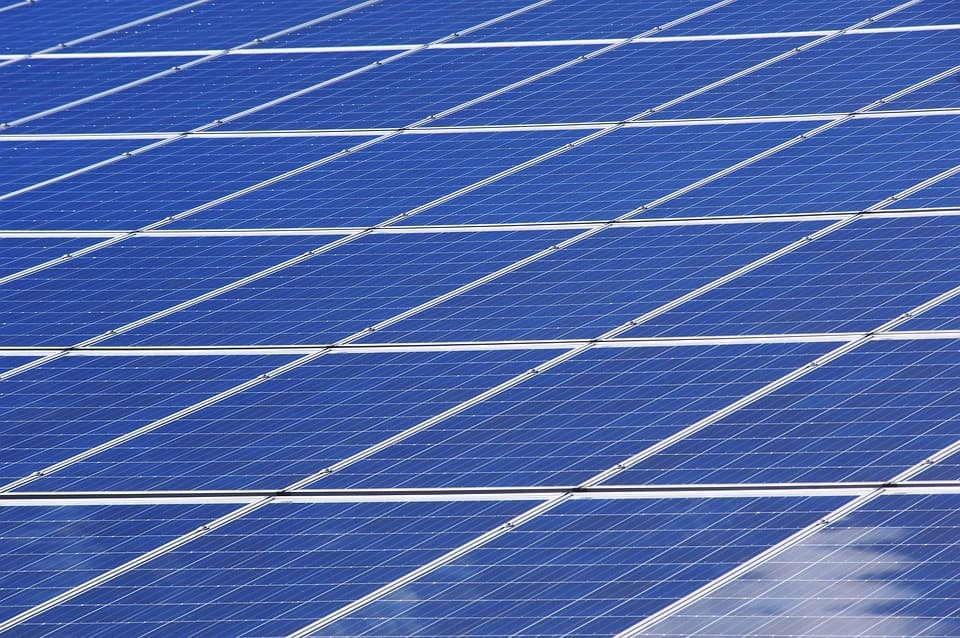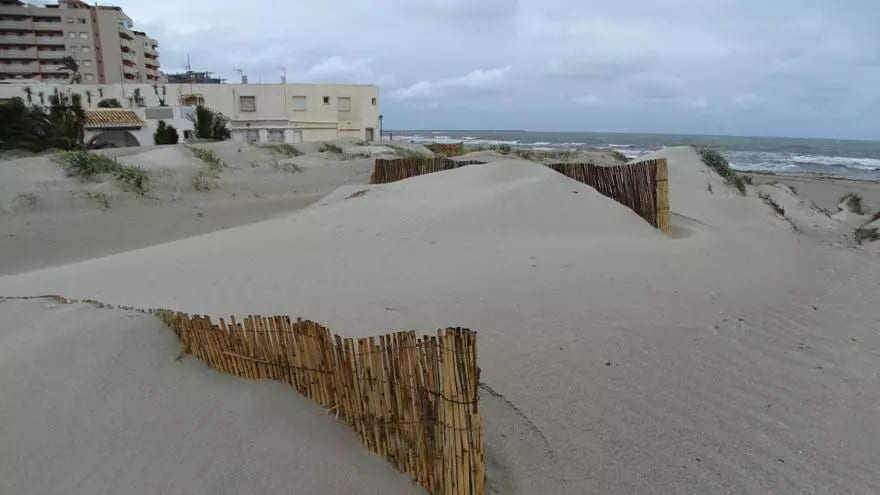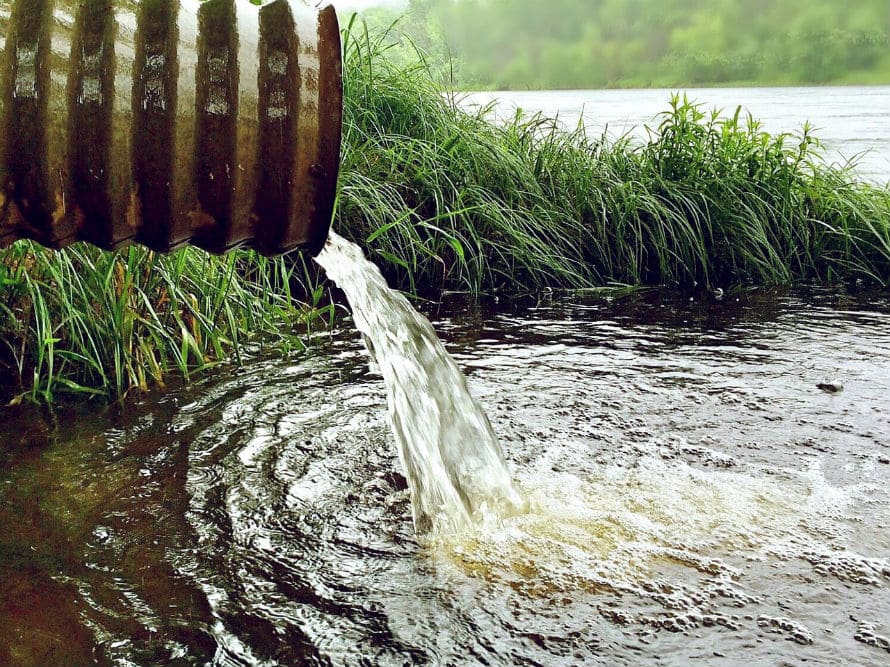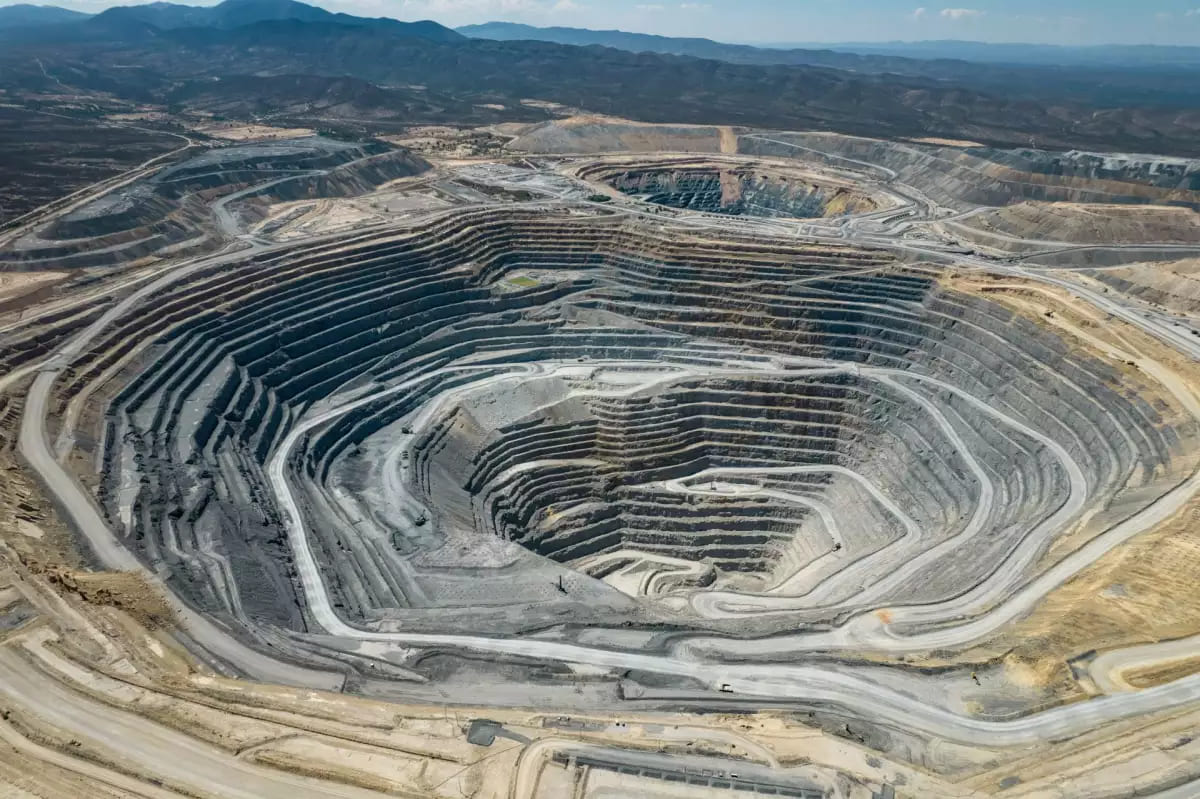California Governor Arnold Schwarzenegger has signed into law a milder version of a landmark bill that will create a smarter, more reliable power grid by requiring utilities to include energy storage systems in their electricity distribution networks.
Sponsored by assembly member Nancy Skinner, Assembly Bill 2514 originally required state utilities to obtain energy storage systems capable of providing at least 2.25 percent of average peak electrical demand by 2014 and at least 5 percent by 2020.
The latest version of the bill has been stripped off all these specific targets. Instead, it calls for the California Public Utilities Commission to determine two energy storage targets for investor-owned utilities by March 1, 2012 and adopt them by October 1, 2013. Utilities must reach the first target by December 3, 2015 and the second target by December 31, 2020.
Meanwhile, publicly owned utilities have been given a one-year allowance, as their first target will be given on October 1, 2014 to be achieved by December 31, 2016, while their second goal must be reached by December 31, 2021.
The bill will exempt utilities that have 60,000 customers or less within California
The California Energy Storage Alliance conducted an industry survey in March to determine whether energy storage manufacturers can ramp up their production in time to meet the requirements of the bill, which was then being debated in the state Senate.
Around 85 percent of the 21 respondents said that it is achievable and would even lead to the creation of up to 10,000 new jobs in the state.
The current manufacturing base for energy storage systems has been deemed sufficient enough to meet the bill’s first target 6.7 times over. Future manufacturing capacity by 2014 could also supply over the bill’s second target seven times over.
Utilities spend billions of dollars building peaker plants, which supply electricity to avoid blackouts when demand spikes. Right now, peak demand for California is pegged at 29,000 megawatts by grid operator California Independent System Operator.
But through energy storage systems, which stores electricity from renewable sources such as wind or solar, utilities can significantly reduce operation costs and greenhouse gas emissions caused by peaker plants.
Now that the California legislature has passed the bill, the pressure is now on storage developers to deliver technologies that can meet the law’s ambitious goals. A number of technologies are under study throughout the country for storing electricity on a large scale.
Batteries are one method of storing electricity, but at present, there are no commercially available batteries that could cost-effectively store large amounts of electricity produced by wind farms or solar facilities.
Another form of electricity storage already in use in California is pump storage, where water is pumped into a reservoir at night and then released through turbines during the day to produce electricity.
One of the state’s largest pump storage facilities is the Helms Pump Storage Facility that was built in the early 1980’s by Pacific Gas and Electric Company. In total, the facility can generate 1,200 megawatts of electricity in generating mode and 930 MW in pumping mode.
Pump hydro storage is the largest and most viable storage technology available, with nearly 123,000 MW deployed around the world. However, large pump hydro storage facilities are quite costly, and there are very few locations where they can be built.
Meanwhile, other storage devices such as compressed air, flywheels and fuel cells are all in the pilot stage. PG&E, for example, has launched a pilot project to store electricity in the form of compressed air.
Some developers of solar power plants intend to use molten salt to capture heat that can be released and used to drive an electricity-generating turbine after the sun goes down.
The relatively young energy storage business could grow to become a $35 billion industry, bolstered by the deployment of electric cars, grid storage and smart grid technology, according to a Pike Research report released in August.














